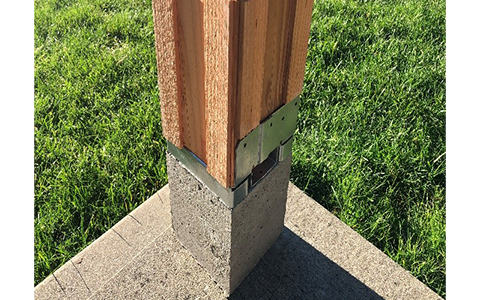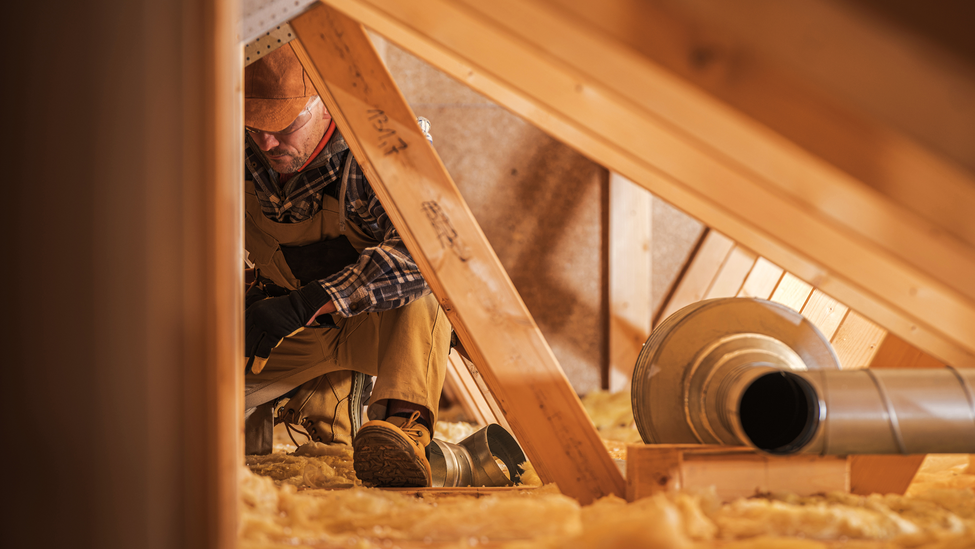Exterior Post Detailing


Information for builders
As industry leaders in New Home Warranty, Travelers Canada is committed to educating our builders on ways to reduce claims and improve the construction industry. This commitment includes sharing information on the trends in claims we have been receiving. Lately, there has been a marked increase in exterior structural column failures as the homes near the end of the 10-year structural warranty.

The problem
Structural columns carrying a roof or deck load which have been clad in comb-faced spruce trim with the absence of an adequate capillary break between the post and cladding, or the post and the footing.
- Structural column made of built-up plies of non-pressure treated material.
- Column set into a post saddle directly on concrete slab without a spacer or capillary break.

The result
Repeated wetting and drying cycles result in movement and shifting of the cladding, which can cause sealant joints to fail and allows water ingress behind the cladding. A lack of capillary break eliminates the drying potential of the post or cladding, and the absence of a water-resistant barrier results in moisture damage to the structure.
- Rotten column base as a result of water getting behind the cladding/trim and being trapped against the post.
- No capillary break between the slab and post/cladding. Caulking joints failed, introducing water which can’t escape.
The solution
Many practical and cost-effective solutions exist. The starting point for exterior detailing should be assemblies which require minimal maintenance.
Firstly, the use of pressure treated material for any structural components outside of the building envelope is strongly recommended. Always make sure to place the factory treated end down or treat the cut ends of the material with preservative. Second, any horizontal surfaces which can collect moisture (such as a collar at the post base) should be eliminated, unless properly detailed, which may include housewrap and a capillary break. Lastly, if the column is on a slab or footing which will be exposed to groundwater, a post saddle with a spacer should be used.

- Column wrapped in housewrap, vertical strapping installed to ensure capillary break is provided between cladding and post. If this method is used, care must be taken to ensure the beam above is furred out, so the post is recessed under the deck.

- Column sitting on pier above the slab height in a saddle with a spacer. Insect screen installed between strapping.

- If choosing to use an exposed timber or painted column with a collar, ensure that a drainage plane and capillary break can be maintained where the collar attaches to the base of the post.

- The collar can then be fastened through the strapping and finished with a rod and caulk sealant joint.
- Any water that makes its way behind the collar can easily escape.

- Attention must also be given to posts with a masonry/stone buildout at the base. Housewraps or sheathing membranes do not perform well on low slope surfaces. These areas should be similar to a parapet wall and detailed with a more robust self-adhered membrane. The buildout should also be left well above the finished ground surface and left open at the bottom for ventilation.
For a more comprehensive guide regarding exterior post detailing, please refer to BC Housing’s ‘Building Safe and Durable Decks and Balconies’ bulletin.


